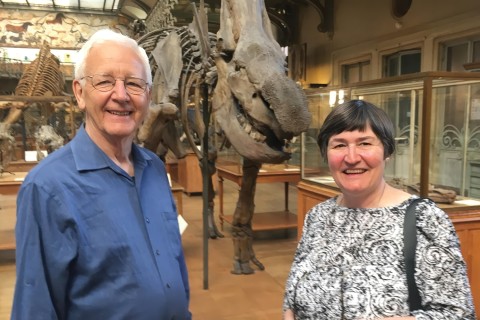Changing laws on trafficking
The faces in the photographs on the front page of the newspaper
startled me. They were laid out in rows. The first photo in the series was
invariably of a young girl, maybe with a mischievous smile or a rebellious
glare, but with a decided look of innocence. By the end of the series, that
same face was battered, bloated and bruised. The women looked into the camera
with haunting emptiness.
The
photographs were collected by a detective in the vice squad unit of the Denver
Police Department in a volume he called "The Book," a simple black binder he
kept on his desk to combat the idea that prostitution is a victimless crime. He
carefully assembled photographs of women from the time of their first arrest to
the time of their most recent arrest, usually a span of several years. The
photos, some of which were published several years ago in The Denver Post,
document the ravages, the victimization of a life on the street written on the
faces of women repeatedly arrested for prostitution.
As a
crime, prostitution necessitates a more complex understanding of the
relationship between victim and perpetrator than our current criminal justice
system allows. Women involved in prostitution are frequently punished as
criminals, but they are also victims of extortion, assault, sexual abuse and
violence. Now, a few states are moving forward with new laws--not to
de-criminalize prostitution, but to reinterpret it.
Illinois is on the front line of these states. This month,
Governor Pat Quinn signed the Justice for Victims of Sex Trafficking Crimes
Act, a legislative move in the right direction.
The
very name of this act signifies an important shift in understanding. Instead of
designating an act--prostitution--the law points to a more complicated set of
transactions: trafficking. In trafficking, we can see a little more clearly the
dynamics that create the current explosion of prostitution.
The point is not to suggest that prostitutes are always powerless
innocents, but instead to turn our attention to the economies that lead women
and men--typically at a very young age--into lives of drugs and crimes over
which they exert little control. Other states are also beginning to target sex-crime
rings rather than individual women.
We
have a long way to go in understanding, in legal terms, what the detective's
collection of photographs makes so vividly obvious. But these new laws can make
a significant difference.



